Key points on emergency drug kits: 1) An emergency drug kit is critical in the dental setting. The ADA states that all dentists should have an emergency drug kit, equipment and knowledge to use all items. 2) Emergency drugs along with their actions and dosages should be known by the dentist and his or her team. 3) Know how to use your emergency drug kit before the emergency in your office. 4) Know the location of your emergency drug kit. 5) Develop an emergency drug logbook and review your drugs each month. 6) Never administer an expired drug. 7) Know how to administer each emergency drug in your kit.
Every dentist should realize that medical emergencies can, do and will happen during the course of practice. These emergencies could be related to dental treatment, patient risk factors, or they could occur unexpectedly in the dental environment. A medical emergency could evolve into a life-threatening emergency without proper treatment. It is for these reasons emergency medications should be present in dental offices.
The majority of states require certain emergency medications if the dentist is performing any type of advanced anesthesia such as minimal and moderate sedation (either PO or IV) as well as deep sedation/general anesthesia.
Emergency drug kit development
Dentists can develop their own emergency drug kit.
1) Know which drugs you will need in your office.
- Do you need just the "Core-8" drugs?
- Do you need more advanced medications such as used in ACLS or PALS protocols?
- Dentists should be thoroughly knowledgeable about the emergency drugs they have in their office.
2) Purchase those drugs and then maintain them in some type of container, whether it is a plastic container/box or a metal crash cart.
3) Place these emergency drugs in zip-top bags or smaller plastic containers with color coded labels for easy identification.
4) Know the medical emergencies for which these emergency drugs are used.
5) Develop an emergency drug logbook and keep up with your drugs and their expiration dates.
6) Assign a staff member to serve as the "Emergency Drug Safety Officer," charged with the responsibility of ordering and maintaining the emergency drug kit.
7) Do you need emergency drugs for pediatric patients?
Note: Many dental software programs may already have a “task manager” or you may have Microsoft Outlook on your computer. You can enter each of your emergency drugs along with their expiration dates so a reminder is sent to you before the actual expired date. Also, at monthly staff meetings, encourage emergency medications as a regular topic so that area is covered each month and you can prevent your drugs from being expired.
The American Dental Association Council on Scientific Affairs, in its 2002 report in the Journal of the American Dental Association, Vol. 133, No. 3, 364-365, titled “Office Emergencies and Emergency Kits,” states the following:
"In designing an emergency drug kit, the Council suggests that the following drugs be included as a minimum: epinephrine 1:1,000 (injectable), histamine-blocker (injectable), oxygen with positive-pressure administration capability, nitroglycerin (sublingual tablet or aerosol spray), bronchodilator (asthma inhaler), sugar and aspirin. Other drugs may be included as the dentist’s training and needs mandate.
"It is particularly important that the dentist be knowledgeable about the indications, contraindications, dosages and methods of delivery for all items included in the emergency kit. Dentists are also urged to perform continual emergency kit maintenance by replacing soon-to-be-outdated drugs before their expiration.
"Local anesthesia is the backbone of pain control in dentistry. Dentists realize and know that adverse events can occur before, during or after administration of local anesthesia. Package Insert (PI) of all local anesthetics clearly illustrates the importance of the dental practitioner having the proper equipment and resuscitative drugs prior to administering any local anesthetic." Here is what the "warnings" section states:
“Dental practitioners who employ local anesthetic agents should be well versed in diagnosis and management of emergencies which may arise from their use. Resuscitative equipment, oxygen and other resuscitative drugs should be available for immediate use.”
CANAL acronym
Medical emergencies happen in dental offices, and we must be ready to respond.
Here is an acronym that could assist you in trying to remember the many emergencies, along with the emergency drugs that could potentially be used to treat those emergencies.
C = Cardiac
- Chest pain: oxygen, nitroglycerin
- Myocardial infarction: oxygen, aspirin
- Dysrhythmias: ACLS drugs
- Sudden cardiac arrest: AED
- Ventricular Fibrillation: ACLS drugs
A = Airway
- Foreign body obstruction: airway techniques
- Bronchospasm: albuterol, oxygen, epinephrine
- Larygnospasm: oxygen, succinylcholine
- Hyperventilation
- Aspiration/Emesis: airway techniques
N = Neurological
- Seizures: anti-convulsant
- Transient ischemic attack
- Stroke
- Panic attack: anti-anxiety agent
- Anxiety: anti-anxiety agent
A = Allergic and drug reaction
- Latex allergy: diphenhydramine
- Anaphylaxis: epinephrine, diphenhydramine, albuterol, dexamethasone
- Allergic reaction: diphenhydramine
- Epinephrine overdose:
- Benzodiazepine overdose: flumazenil
- Local anesthetic overdose: oxygen
- Narcotic overdose: narcan
L = Loss of consciousness
- Syncope: ammonia
- Sudden cardiac arrest: AED
- Hypoglycemia: glucose
- Stroke
Eight CORE drugs
Here is a suggested list of the CORE (Critical Office Resuscitative Emergency) eight emergency drugs needed for each dental office, with suggested other emergency medications for those doing advanced anesthesia. Confirm with your state dental board the mandatory emergency medications you must have in your office.
Emergency drugs should be available in all dental offices that are ready to address the medical emergencies for which such drugs would be used.
These eight emergency drugs should be the minimum in dental offices. They are:
- Epinephrine: for anaphylaxis, bronchospasm.
- Benadryl: for allergic reactions, anaphylaxis.
- Albuterol: for asthmatic attack, bronchospasm.
- Nitroglycerin: for angina
- Aspirin: for suspected myocardial infarction.
- Glucose: source for diabetic emergency (hypoglycemia).
- Ammonia: inhalants for syncope.
- Oxygen: as supplemental adjunct.
Note: Part 2 in this two-part series will cover the eight CORE drugs in more detail.
Disclaimer
The publisher and author are not responsible (as a matter of product liability, negligence or otherwise) for any injury resulting from any material herein. This publication contains information relating to general principles of medical care that should not be construed as specific instructions for individual patients. Manufacturers’ product information and package inserts should be reviewed for current information, including contraindications, dosages, and precautions. The purpose of this article is to provide information only, rather than advice or opinion. Nothing in this article should be construed as setting a standard of care or practice recommendations.
Dental health care professionals accessing this article agree to assume full responsibility for the use of this information and hold harmless any third party, including, but not limited to the author and publisher for any claim, loss, injury or damage arising from the use or dissemination of information within this program.
It is the sole responsibility of the dental health care practitioner to determine drugs, doses, and administration techniques based upon his or her overall assessment and evaluation of each individual situation. Dental health care practitioners are advised to continually seek confirmation of this material with other reputable sources and are advised to stay current with information as it becomes available.
The publisher and author have made every effort to trace the copyright holders of any borrowed material. If they have inadvertently failed to attribute any copyrighted material, proper attribution will be given upon receipt of appropriate notice.
(Note: This article appeared in Dental Tribune U.S. Edition, Vo. 7 No. 7, July 2012.)
Key points from Part 1: Every dentist should realize that medical emergencies can, do and will happen during the course of practice. These emergencies could...
‘An unforeseen combination of circumstances or the resulting state that calls for immediate action.’ That’s how Merriam-Webster defines ...
NEW YORK, US: A Manhattan dental clinic’s adoption of cryptocurrency as a payment method has highlighted the growing acceptance of digital currencies by ...
As a pioneer and market leader in sterilization, Austria-based company W&H is renowned for developing high-quality sterilization devices for the dental ...
NEW YORK, N.Y., USA: At the Henry Schein Digital Dentistry Forum, held during the recent Greater New York Dental Meeting, Henry Schein Chairman and CEO ...
RED BANK, N.J., USA: The American Association of Dental Office Managers (AADOM) has announced that registration is open for this year’s conference, to...
CHESTERFIELD, Mo., USA: In response to the Covid-19 pandemic, through June 31, DOVE Dental Products will provide 25 SE Plus Single-use Disposable Saliva ...
Platelet-rich fibrin can play an important role in oral and maxillofacial surgery, implant dentistry, periodontal regeneration and post-extraction site ...
ROANOKE, Va., USA: Three dentists have opened a practice built with special technology that is designed to reduce energy use by 70 percent. The new building...
NEW YORK, N.Y., USA: The demand for outpatient dental procedures is increasing and, along with it, the requirement for sedatives that meet the needs of both...
Live webinar
Mon. 12 January 2026
9:00 AM EST (New York)
Prof. Judith Jones D.D.S; M.P.H., Prof. Kakuhiro Fukai D.D.S., Ph.D, Dr. Bathsheba (Bethy) Turton
Live webinar
Wed. 14 January 2026
12:00 PM EST (New York)
Dr. Théo Laplane, Dr. Robert Gottlander DDS
Live webinar
Fri. 16 January 2026
12:00 PM EST (New York)
Live webinar
Mon. 19 January 2026
1:00 PM EST (New York)
Philipp Kopp, Michael Seeber
Live webinar
Thu. 22 January 2026
2:00 PM EST (New York)
Dr. Nicola M. Grande DDS, PhD
Live webinar
Wed. 28 January 2026
8:00 AM EST (New York)
Live webinar
Wed. 28 January 2026
11:00 AM EST (New York)
Prof. Dr. Jan-Frederik Güth



 Austria / Österreich
Austria / Österreich
 Bosnia and Herzegovina / Босна и Херцеговина
Bosnia and Herzegovina / Босна и Херцеговина
 Bulgaria / България
Bulgaria / България
 Croatia / Hrvatska
Croatia / Hrvatska
 Czech Republic & Slovakia / Česká republika & Slovensko
Czech Republic & Slovakia / Česká republika & Slovensko
 France / France
France / France
 Germany / Deutschland
Germany / Deutschland
 Greece / ΕΛΛΑΔΑ
Greece / ΕΛΛΑΔΑ
 Hungary / Hungary
Hungary / Hungary
 Italy / Italia
Italy / Italia
 Netherlands / Nederland
Netherlands / Nederland
 Nordic / Nordic
Nordic / Nordic
 Poland / Polska
Poland / Polska
 Portugal / Portugal
Portugal / Portugal
 Romania & Moldova / România & Moldova
Romania & Moldova / România & Moldova
 Slovenia / Slovenija
Slovenia / Slovenija
 Serbia & Montenegro / Србија и Црна Гора
Serbia & Montenegro / Србија и Црна Гора
 Spain / España
Spain / España
 Switzerland / Schweiz
Switzerland / Schweiz
 Turkey / Türkiye
Turkey / Türkiye
 UK & Ireland / UK & Ireland
UK & Ireland / UK & Ireland
 International / International
International / International
 Brazil / Brasil
Brazil / Brasil
 Canada / Canada
Canada / Canada
 Latin America / Latinoamérica
Latin America / Latinoamérica
 China / 中国
China / 中国
 India / भारत गणराज्य
India / भारत गणराज्य
 Pakistan / Pākistān
Pakistan / Pākistān
 Vietnam / Việt Nam
Vietnam / Việt Nam
 ASEAN / ASEAN
ASEAN / ASEAN
 Israel / מְדִינַת יִשְׂרָאֵל
Israel / מְדִינַת יִשְׂרָאֵל
 Algeria, Morocco & Tunisia / الجزائر والمغرب وتونس
Algeria, Morocco & Tunisia / الجزائر والمغرب وتونس
 Middle East / Middle East
Middle East / Middle East


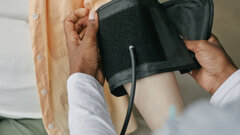
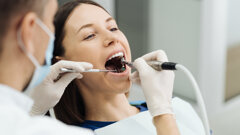






























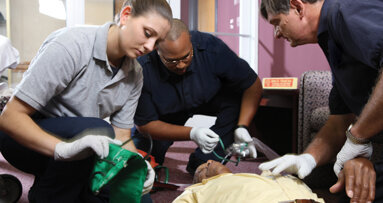
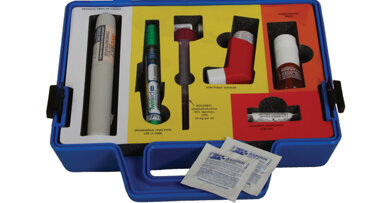

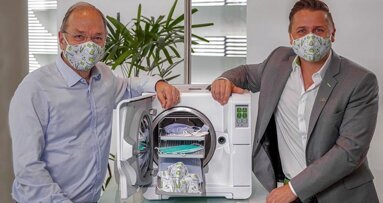
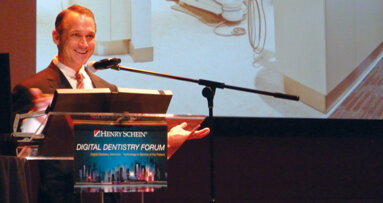

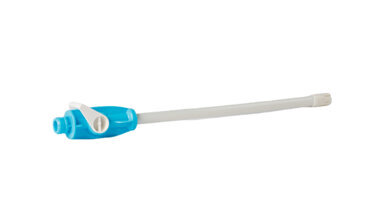
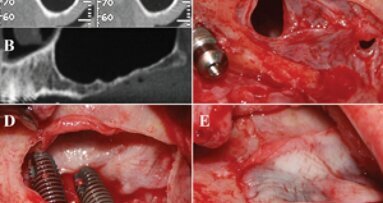
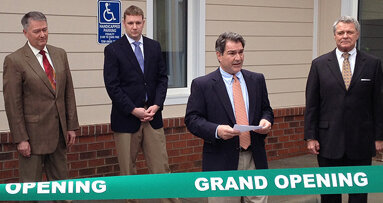
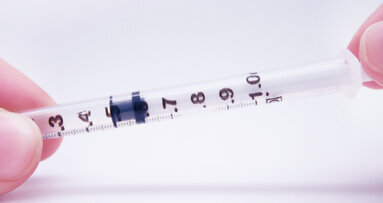

















To post a reply please login or register